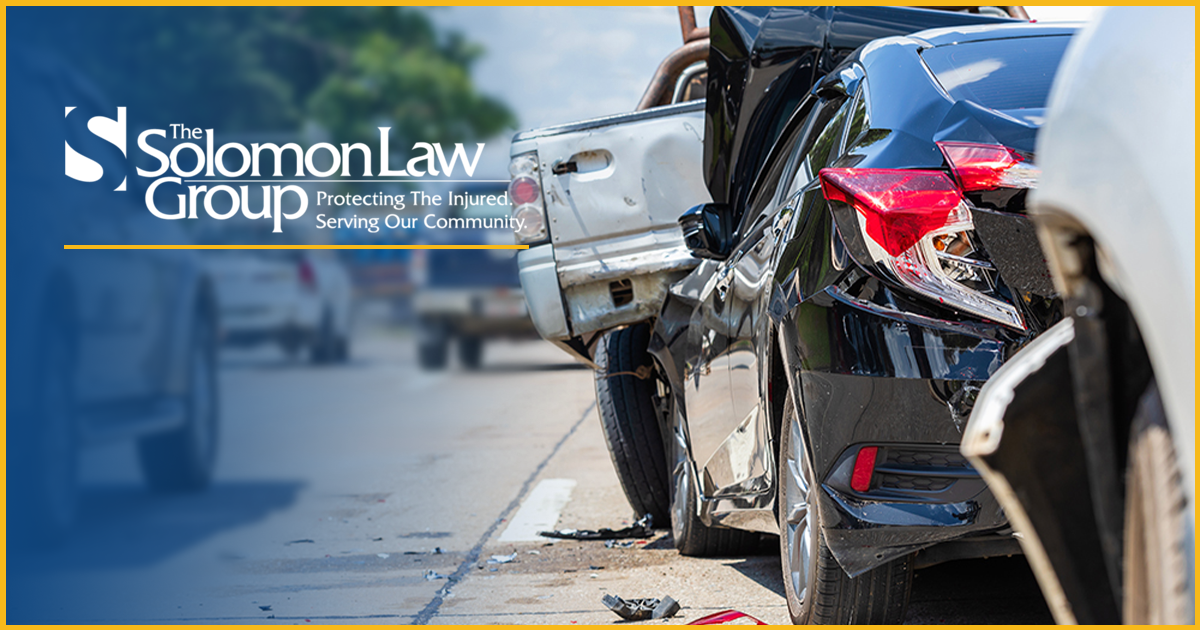When it comes to work mishaps, few things can be as frustrating as a car accident, often leaving both employers and employees scratching their heads, wondering where the liability lies. Knowing who’s responsible in these situations is crucial for everyone involved. From legal ramifications to insurance matters, untangling the web of accountability can be challenging.
Who exactly bears the responsibility in a work-related car accident?
Injured Through the Course of Employment
First and foremost, it’s essential to establish whether the accident occurred during the course of employment.
If an employee was driving as part of their job duties, such as making deliveries or traveling to a client meeting, it’s typically considered within the scope of employment. In these cases, the employer may be held liable for the actions of their employee under the legal principle of vicarious liability.
This doctrine holds employers accountable for the negligent acts of their employees while they are performing job-related tasks.
However, determining liability isn’t always clear. Several factors can come into play, such as whether the employee deviated from their assigned duties at the time of the accident. For instance, if the employee made a significant detour for personal reasons or engaged in reckless behavior unrelated to work, the employer’s liability could be mitigated.
Similarly, if the accident occurred during a lunch break or while the employee was commuting to or from work, the lines of responsibility become blurred. In these scenarios, the legal concept of the “coming and going rule” may apply, wherein the employer typically isn’t held liable for accidents that happen during regular commute times.
Another critical consideration is whether the employee was driving their personal vehicle or a company-owned one at the time of the accident.
If the employee was using a company vehicle with the employer’s permission, the employer’s liability is more straightforward. The company’s auto insurance policy would likely cover the damages resulting from the accident.
However, if the employee were driving their vehicle, the situation becomes more complex.
In such instances, the employee’s auto insurance policy would be the primary coverage. Nevertheless, if the accident occurred while the employee was conducting work-related tasks, the employer’s insurance might still come into play, particularly if the employee’s policy doesn’t provide adequate coverage.
Moreover, if the accident was caused by a third party, such as another driver on the road, determining liability becomes even more convoluted. In such cases, various factors, including negligence, road conditions, and traffic laws, are examined to ascertain fault.
What Can Employers Do?
However, irrespective of who caused the accident, if it transpired during the course of employment, the employer may still bear some responsibility, especially if the employee was conducting work-related activities at the time.
To navigate these intricate legal waters, businesses must have clear policies and procedures in place.
Such as:
- Established standards and guidelines regarding the use of company vehicles, employee conduct while driving, and reporting procedures in the event of an accident.
- Regular training sessions on safe driving practices can also help mitigate the risk of accidents and ensure that employees are aware of their responsibilities behind the wheel.
- Comprehensive insurance coverage, including commercial auto insurance. This provides an added layer of protection for both employers and employees in the event of an accident.
In addition, proactive measures like implementing dash cams in company vehicles can monitor driver behavior and provide data in the event of an accident. These technologies not only promote safer driving habits but also serve as valuable tools for investigating accidents and resolving liability disputes.
Determining responsibility in a work-related car accident is a multifaceted task that requires careful examination of various factors. While employers may be held accountable for accidents that occur during the course of employment, the specifics of each case can significantly impact liability.
By implementing clear policies, providing adequate training, and maintaining comprehensive insurance coverage, businesses can mitigate the risks associated with work-related car accidents and ensure the safety and well-being of their employees.
Ultimately, creating a culture of safety and accountability is the key to minimizing work-related car accidents and protecting all parties involved.












